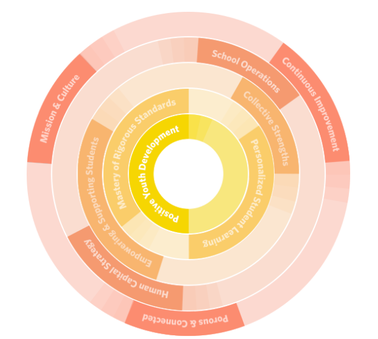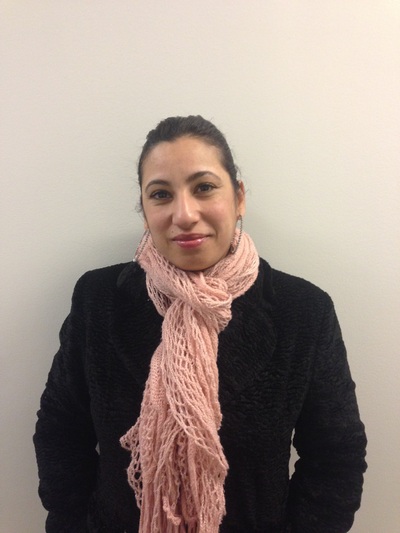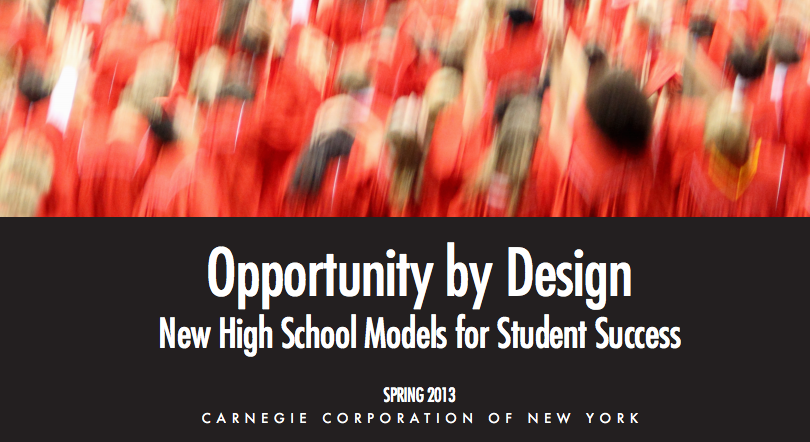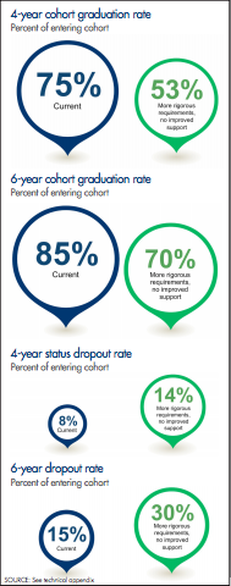|
|
|
9/14ths of participants14 amazing Philadelphians participated in the workshop. Below are nine of the participants.
The School Design Leaders of each of the new schools made a commitment to the 11 zip codes (19120, 19121, 19122, 19123, 19124 19125, 19130, 19132, 19133, 19134, 19140) surrounding the new school sites. There are 52 schools with 8th graders in those zip codes, and we have reached out to each one to schedule in-person presentations.
Students, parents/guardians and school staff have been very excited about this opportunity. There are lots of great stories to share, but there is one in particular that stands out. Late last week I received three calls and a message from the same number. When I returned the call, the father said that after a presentation made at his daughter's school she was so excited about going to the U School. He said, "we live near the school and it usually takes her about 20 minutes or so to get home from school every day." He continued, "Yesterday, she and three of her friends kicked down our door at 3:10, one minute after school gets out. She ran in and said, "Daddy, daddy, I know where I want to go to school! You have to get in touch with the man about getting into the school." The father said, "I have never seen her so enthusiastic about something, it made me feel so great, that I had to call you." I expressed excitement to the father, and began to explain the application process, and he quickly informed me that she was in the 7th grade, and they wanted to know what could be done for next year. That was one anecdote of hundreds that we have had out in the field. Creating excitement and enthusiasm is the easy part. Sustaining that energy and excitement is the challenge of the school moving forward. We have been out in the field speaking with counselors, students and families about the new schools, and many have commented about receiving money from the Philadelphia School Partnership (PSP). The announcement and subsequent articles in local new outlets may have blurred the notion of who is receiving funds.
The U School will operate with enrollment driven teachers and $40 dollars per pupil next year. The Carnegie Corporation grant--the research and development funds which supported the design thus far-- will fund capacity building amongst the founding staff for the first few years of existence. It affords the U School the opportunity to pay for summer PD, but the grant does not buy people, only time. This blog will document important elements of this school design effort, so that there can be greater understanding of the grant and this important work. opportunity by design challenge
Integrated design principles The principles listed below were employed in the effort to design a non-academically selective high performing secondary school.
Working in concert, the principles facilitate the design of a high performing model. Read some of the elements associated with each principle (The principles attachment can be found below.).
|
|
||||||||||||||||












 RSS Feed
RSS Feed
